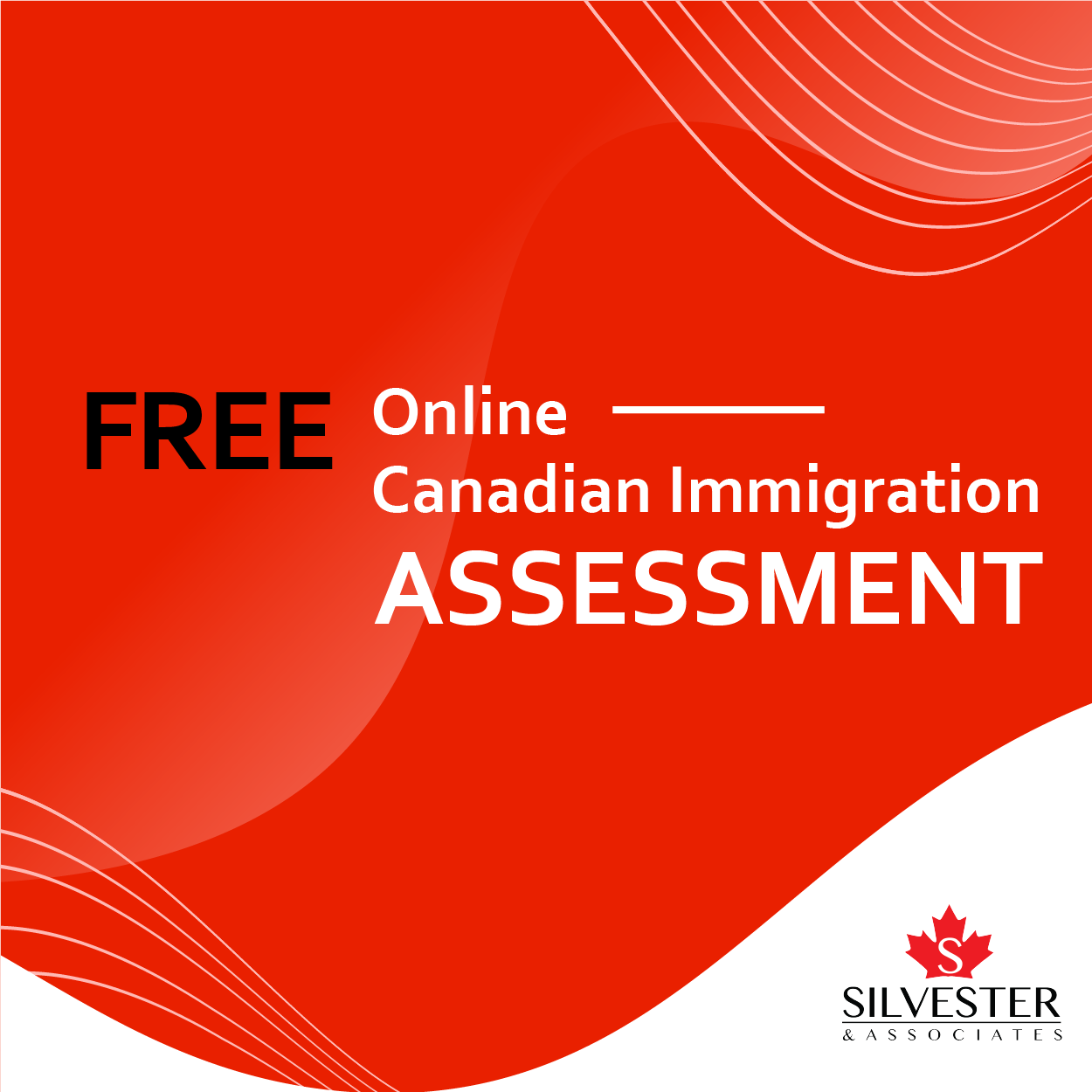Canada Caregiver program was introduced to provide a clear, direct pathway to permanent residence for in-home caregivers. If you have experience as a caregiver, you may qualify for Caregiver Program in Canada to become a permanent resident or work temporarily.
- 1. What is Canada Caregiver program
- 2. Types of Canada Caregiver program
- 3. Eligibility for Home Child Care Provider Pilot or Home support worker pilot
- 4. Apply for permanent residence through the Home Child Care Provider Pilot or Home Support Worker Pilot
- 5. Eligibility for the Canada live-in caregiver program
- 6. Apply for permanent resident as a live-in caregiver

1. What is Canada Caregiver program
In November 2014, Canada phased out the longstanding regulatory Live-in Caregiver Program, at the same time establishing two five-year Ministerial Instructions pilots – the Caring for Children and the Caring for People with High Medical Needs classes – and the live-in requirement was eliminated for new (first-time) caregiver work permits. Those pilots were closed in November 2019 and replaced by the new 2019 caregiver pilots. The new 2019 pilots focus on two occupations where demand for a pathway proved to be higher (in-home child care and in-home support work).
2. Types of Canada Caregiver program
Home Child Care Provider Pilot
Home child care providers care for children on an ongoing or short-term basis. They care for the well-being and physical and social development of children, assist parents with childcare and may assist with household duties. They provide care primarily in their own homes or in the children’s homes, where they may also reside. They are employed by private households and child-care agencies, or they may be self-employed. Jobs might be Babysitter, Child care live-in caregiver, Child care provider – private home, Nanny, Parent’s helper.
The pilot is closed to new applications for Caregiver program 2022 but it will reopen to new applications on January 1, 2023.
Home support worker pilot
Home support workers provide personal care and companionship for seniors, persons with disabilities and convalescent clients. Care is provided within the client’s residence, in which the home support worker may also reside. They are employed by home care and support agencies, private households, or they may be self-employed.
You can still apply under the new 2022 cap for the Home Support Worker Pilot. In 2022, Canada will accept up to 2,750 applications for this pilot.
Canada Live-in Caregiver program
Canada’s Live-In Caregiver Program (LCP): is for foreign nationals who wish to be employed by a Canadian citizen as a caretaker/nanny for their children or someone with disabilities in the home. This would provide a direct pathway to permanent residence. After just two years of experience with the LCP work permit, foreign nationals are able to apply for permanent residence.
The Live-In Caregiver Program is currently closed for new applicants.

3. Are you eligible for Home Child Care Provider Pilot or Home support worker pilot
Requirements to apply for Home Child Care Provider Pilot or Home support worker pilot:
Language levels
Have tested language skills equivalent to Canadian Languages Benchmark (CLB) 5 or NLCL (French language) 5 in all four areas of reading, writing, speaking, and listening.
Education
The applicant must provide evidence that they have either of the following completed items:
- Canadian 1-year post-secondary (or higher) educational credential
- foreign educational credential equivalent to the above and an Educational Credential Assessment (ECA) report issued by an organization designated by IRCC
Qualifying Canadian work experience
The applicant will be assessed for qualifying Canadian work experience once they have submitted proof of this requirement.
Applicants without 24 months of experience (Category A)
Applicants who are otherwise eligible, but who lack the 24 months of qualifying Canadian work experience at the time of their application for permanent residence, will receive an occupation-restricted open work permit (OROWP). Any qualifying work experience claimed must have been obtained within 36 months of the issuance of the OROWP.
Applicants who do not have at least 24 months of qualifying Canadian work experience must also provide proof of both of the following:
- a job offer
- the ability to perform the work
Applicants with 24 months of experience (Category B)
For applicants with at least 24 months of qualifying Canadian work experience at the time of application, they will submit their proof of qualifying work experience upfront in their application for permanent residence. The applicant must demonstrate that they have obtained a total of at least 24 months of eligible full-time work experience in Canada in the 36 months preceding the time of application.
Qualifying work
All applicants must have had temporary resident status and work authorization during the period of work experience acquired in Canada.
Full-time work means at least 30 hours of paid work per week. To qualify, an applicant must have obtained work experience in an eligible occupation listed in the National Occupational Classification (NOC):
- Home Child Care Provider Pilot applicants must have qualifying work experience as home child care providers (NOC 4411).
- Home Support Worker Pilot applicants must have qualifying work experience as home support workers and related occupations (NOC 4412).
Supporting documentation
When assessing an applicant’s ability to perform the work, officers can refer to supporting documentation provided in the application. This may include, but is not limited to,
- proof of relevant previous work experience (either paid or unpaid), for example:
- employer reference letters
- employment records
- work contracts
- pay stubs
- copies of relevant education credentials or training, which can include diplomas or certificates
- a copy of the applicant’s most recent work permit in Canada (if they’ve been working in Canada)

4. Apply for permanent residence through the Home Child Care Provider Pilot or Home Support Worker Pilot
You may be able to apply for permanent residence through the Home Child Care Provider Pilot or Home Support Worker Pilot if you:
- meet the eligibility requirements, and
- have a job offer to work in one of these occupations
Through these pilots, you’ll get an open work permit to come to Canada and work temporarily. This work permit:
- is occupation-restricted (so you have to work in that specific occupation)
- doesn’t need a Labour Market Impact Assessment (LMIA)
- lets you get the work experience you need to be eligible for permanent residence
If you recently worked as a home childcare provider or support worker, your experience may count towards your eligibility for permanent residence.
Update: Changes in caps for the 2023 application process
In 2023, IRCC will accept the number of applications below.
Home Child Care Provider Pilot
- Gaining experience category: 1,650 applications, including 1,500 online applications and 150 alternate format applications.
- Direct to permanent residence category: 1,100 applications with 1,000 online applications and 100 alternate format applications.
Home Support Worker Pilot
- Gaining experience category: 1,650 applications, including both online and alternate format applications.
- Direct to permanent residence category: 1,100 applications with both online and alternate format applications.

5. Eligibility for the Canada live-in caregiver program
To be eligible for the live-in caregiver program, applicants must:
- Have a valid work permit, or have applied to extend your work permit, or have applied to restore your status as a worker in Canada.
- Have work experience in Canada as either a Home Child Care provider or a Home Support Worker.
- Have at least 1 year of full-time work experience since November 30, 2014 which can be cumulative rather than continuous but cannot include work experience while a student.
- Have been working in a job that matches your NOC code’s listed duties.
- Have tested language skills equivalent to Canadian Languages Benchmark (CLB) 5 or NLCL (French language) 5 in all four areas of reading, writing, speaking, and listening.
- Have a minimum Canadian High School Diploma or a foreign diploma, certificate, or credential that’s equivalent.
The Live-In Caregiver Program is currently closed for new applicants. If you don’t already have an LCP work permit and would like to work as a caregiver in Canada, you must apply for a regular work permit.
6. Apply for permanent resident as a live-in caregiver
You can only apply for permanent residence through the LCP if you have at least 2 years of work experience in the program and:
- you’re already working in Canada with an LCP work permit, or
- you were approved for your first LCP work permit based on a Labour Market Impact Assessment submitted to Employment and Social Development Canada on or before November 30, 2014
Otherwise, you may still qualify for permanent residence through a different caregiver option.
You may be eligible to apply for permanent residence in Canada after you have had the following work experience under the Live-in Caregiver Program:
- 24 months of authorized full-time live-in employment, or
- 3,900 hours of authorized full-time employment. You can complete these hours within a minimum of 22 months. When calculating your hours, you can also include up to 390 hours of overtime; and
- The work experience must be acquired within four years of your date of arrival.


